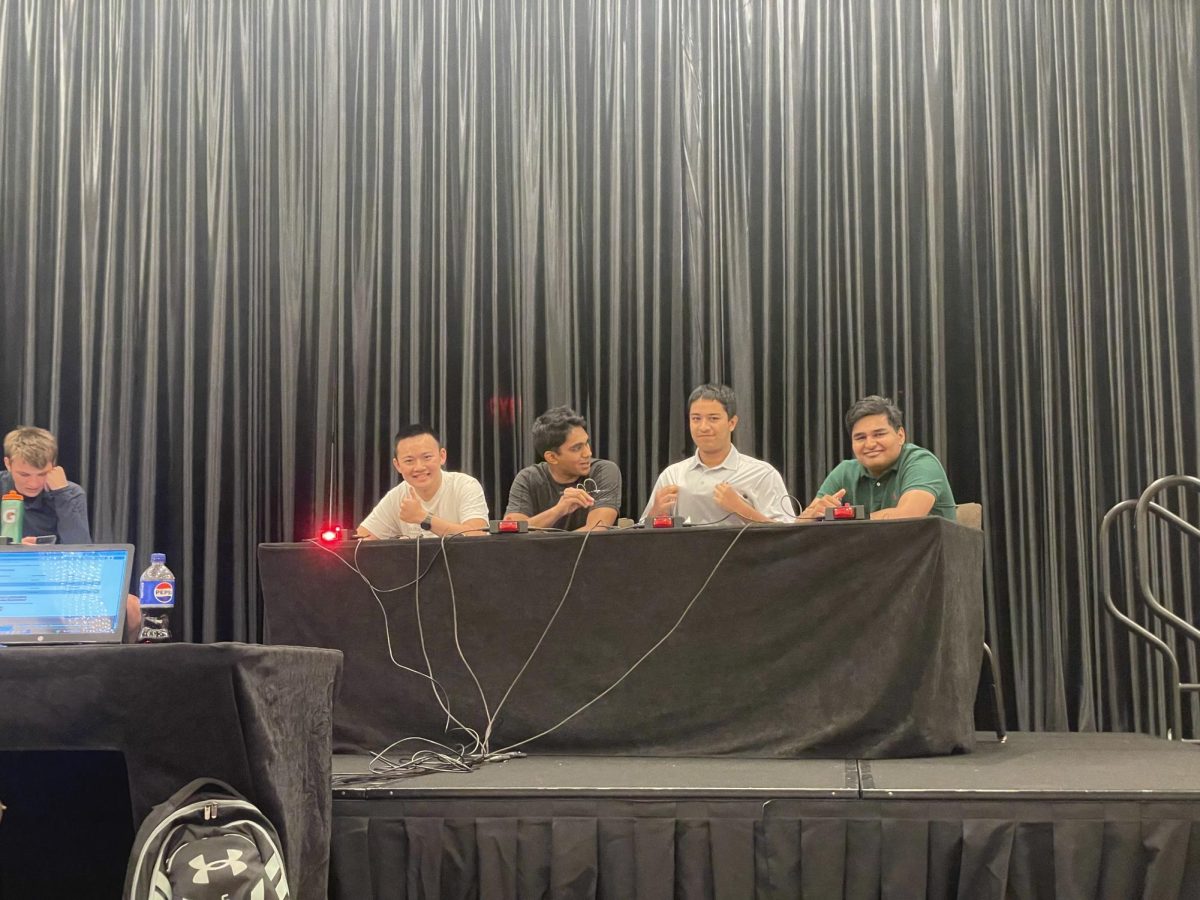Over the summer, the district began implementing a new Wi-Fi system on campus, “LGSUHSD Wifi.” The switch to the new system was completed on Oct. 11.
From a student perspective, however, this new Wi-Fi has been problematic for two main reasons: It is unnecessarily difficult to set up and, for some, has raised privacy concerns. While the old Wi-Fi required only a school email and password, the new one requires students to install software and go through a tedious setup process that doesn’t always work on the first, second or third attempts.
District director of technology Julie Grenier said in a prior Falcon article that convenience and increased cybersecurity were the major reasons for the change. While the old Wi-Fi required students to remember a password created specifically for it, the new one allows students and staff to use their Google account to log in.
However, the difficulty of remembering a password shouldn’t be solved with a 5-page instruction manual, equipped with computer software that requires downloading. This step proved to be, for students and staff, much more tedious than the old method, and difficult to figure out.
In addition, the old “lgswifi” didn’t even need a password after each successive login — automatic connection wasn’t even a problem.
Indeed, some students have ignored the new Wi-Fi, instead choosing to use the LGSUHSD Guest Wi-fi or personal hotspots instead. That action alone speaks volumes about the shortcomings of the new system. It means that they still prefer doing some digital setup every time they open their computer rather than installing the new Wi-Fi.
For future rollouts of major technology changes, it would be helpful to have video tutorials rather than more abstract directions on a Google Doc, which are hard to follow.
In addition to being overly complicated to set up, the Wi-Fi has also raised privacy concerns.
In order to install the new Wi-Fi, students need to download and install a package onto their computer. While the district has stated that the new Wi-Fi does not permit any staff members or administrators to access or view any files on students’ devices, this does not eliminate it completely from privacy concerns, such as access to network history or other areas for monitoring.
There is something very unsettling about having to download a 17-megabyte file for the sole purpose of connecting to a network. Given that almost all other networks are connected without any downloads, this process feels very odd, to say the least. The district should have made it more clear what the Wi-Fi system can and cannot do on your computer when it sent out initial communications about the new system.
Overall, the new Wi-Fi is going to have benefits such as not having a password login and the potential for enhanced cybersecurity on campus, but for many students, the switchover felt frustrating and unnecessary. If it ain’t broke, why fix it?




























